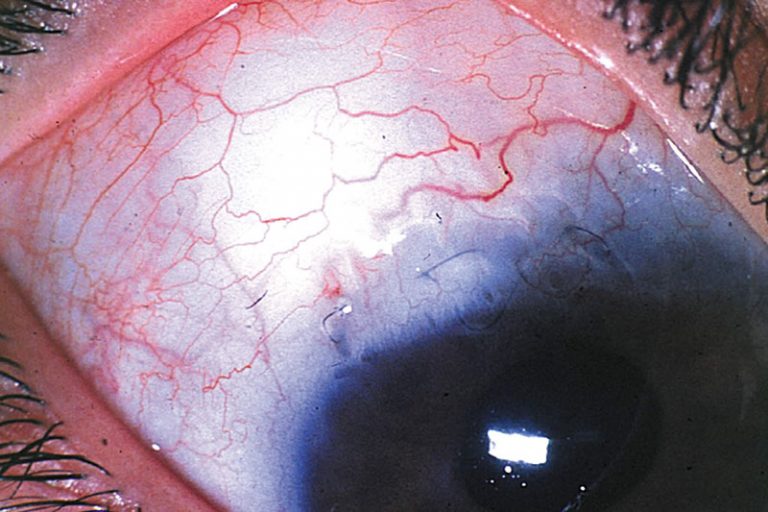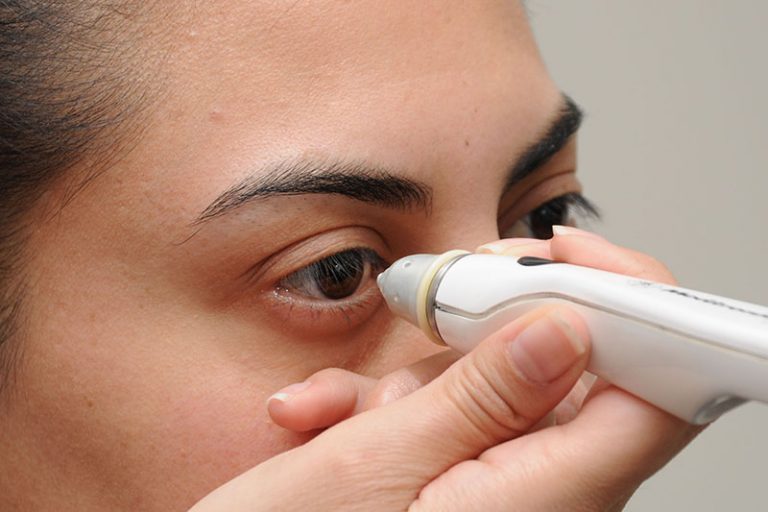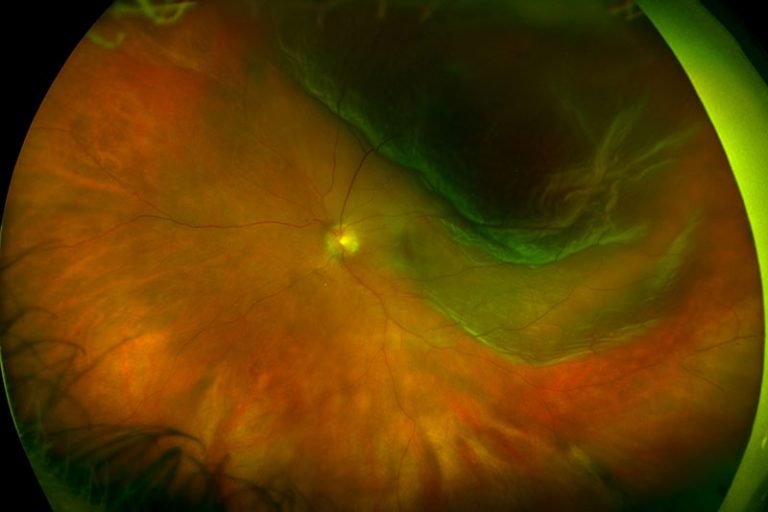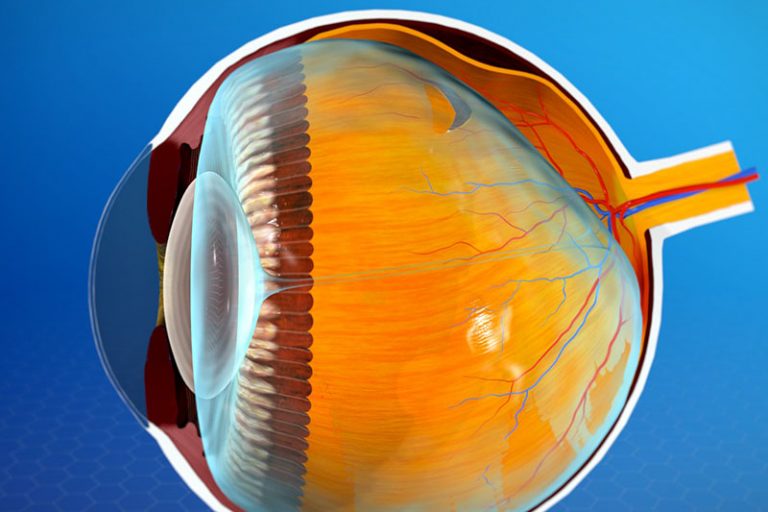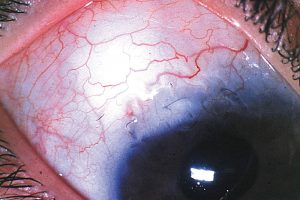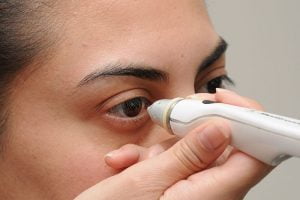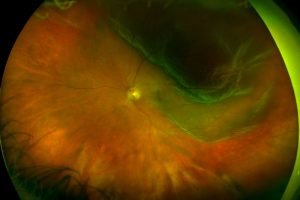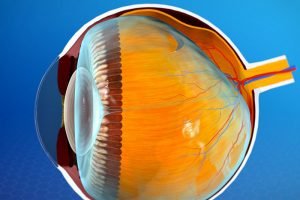Glaucoma and Retina
Glaucoma
Glaucoma can be defined as a progressive injury to the nerve of the eye (“papilla”).
History of family members (father, mother or sibling) multiplies the risk of suffering from the disease to nine and it is considered to be the world’s first cause of irreversible blindness. There are other risk factors such as high blood pressure, diabetes, high myopia or hyperopia, prolonged treatment with cortisone, obstructive pulmonary and cardiovascular diseases, smoking, and obstructive sleep apnea
The big problem with this disease is that it is difficult to spot symptoms because it does not cause pain so that the patient has to go to the specialist. You will gradually lose sight, first without realizing it, in the peripheral area, and finally, if you don’t treat it, the central vision. It is important that you check your eyesight annually throughout your life so as to recognize the risk of suffering from the disease.
There are various treatments: pharmacological (eye drops), laser (in acute cases and in addition to the use of drops) and surgical interventions.
Retina and diseases
The retina is responsible for taking the image. It consists of two layers: the neurosensory retina and the pigment epithelium. Retinal diseases vary widely, from infections and tumors to injuries on the optic nerve. Of the most common, we can highlight the following:
Retina and diabetes
The retina and diabetes (“ophthalmic diabetes” / “diabetes mellitus”), the most common causes of blindness, and more than 60% of type 2 diabetics develop
Retina and thyroid
The retina and thyroid gland (“thyroid ophthalmopathy” / “Graves’ disease”), the main symptoms of which are: eye discomfort, dryness, irritation, reddening of the eyes, a feeling of “graininess”, exophthalmos (“bulging eyes”), double vision, strabismus and reduced vision. You need to see an ophthalmologist before vision loss occurs. Endocrinological and ophthalmic coordination is important. Treatment ranges, in mild cases, from sunglasses, gels and artificial tears to radioiodine, intravenous cortisone and eye surgery in advanced cases.
Age-related macular degeneration (AMD)
Age-related macular degeneration (AMD), a degenerative condition that is the leading cause of blindness in people over the age of 50. Its symptoms are loss of central vision, of visual field, and it is painless and progressive. There are two kinds
- Dry AMD
- Wet AMD, which is characterized by the sudden onset of blurry and distorted central vision. It is developing faster than the previous one.
Retinal detachment
Retinal detachment, permanent and irreversible loss of vision. Your symptoms generally begin with a vision of “sparks,” “flashes,” or “shimmers,” although this may not always indicate retinal detachment. Then it moves on to the vision of a “curtain” that avoids seeing part of the field of view. As it progresses, you will stop seeing through that eye. Treatment depends on the case:
- Laser in small localized holes.
- Surgery when the retinal detachment is very advanced.



